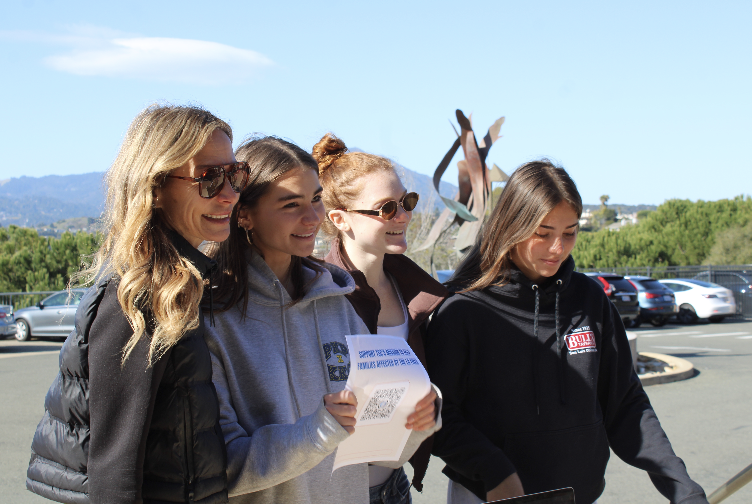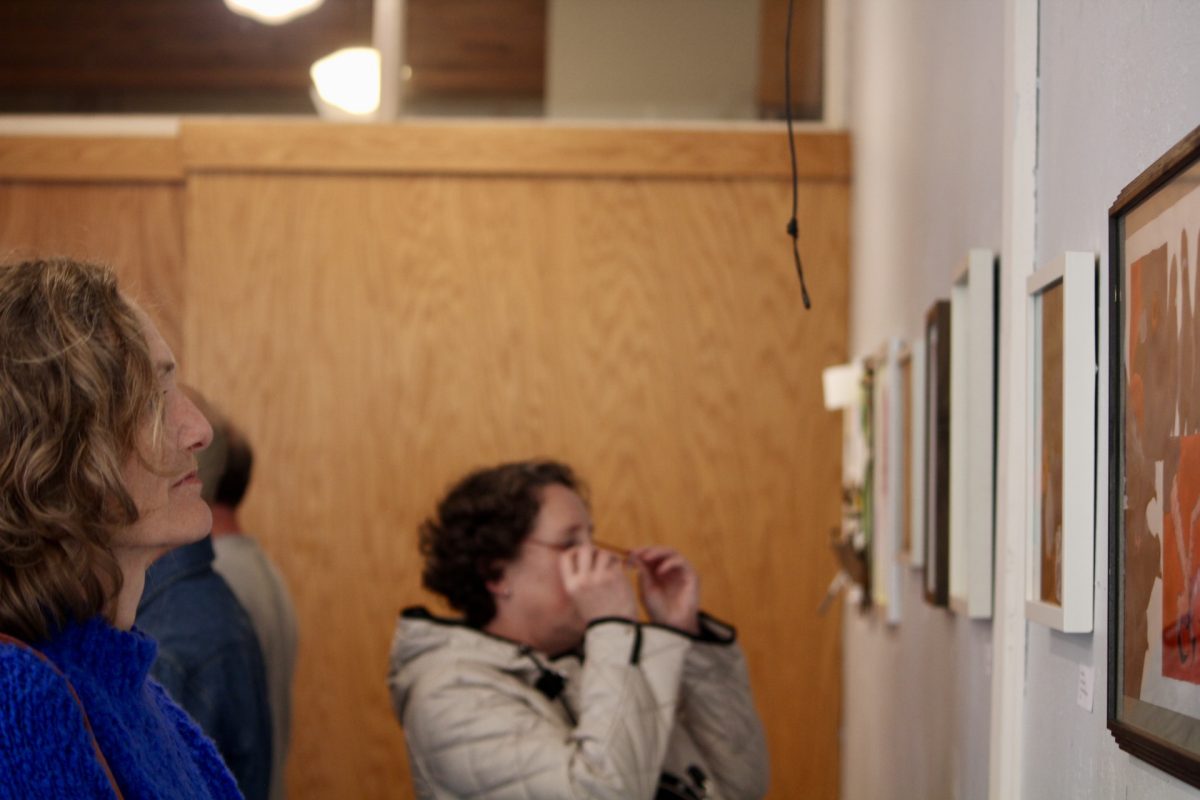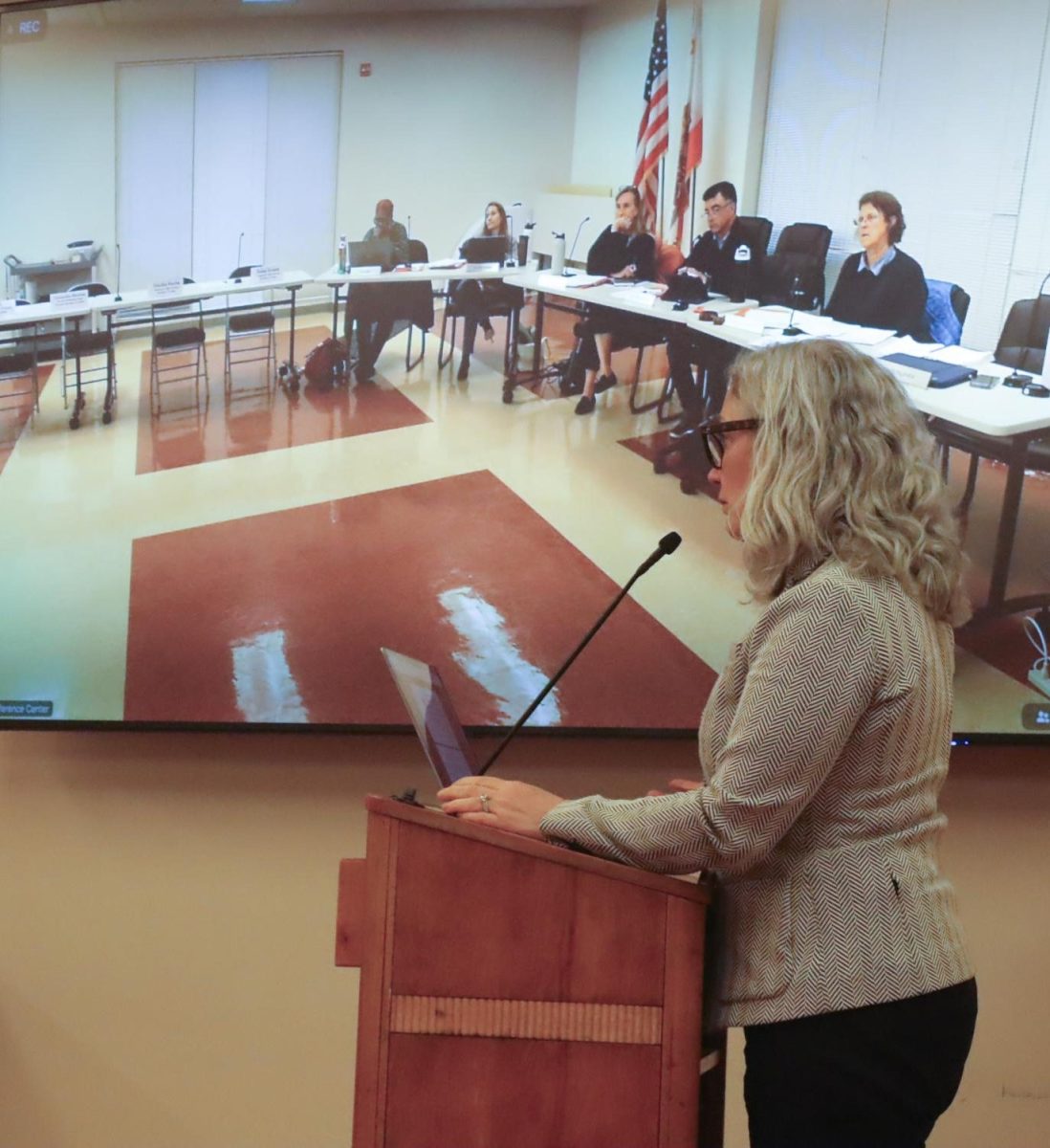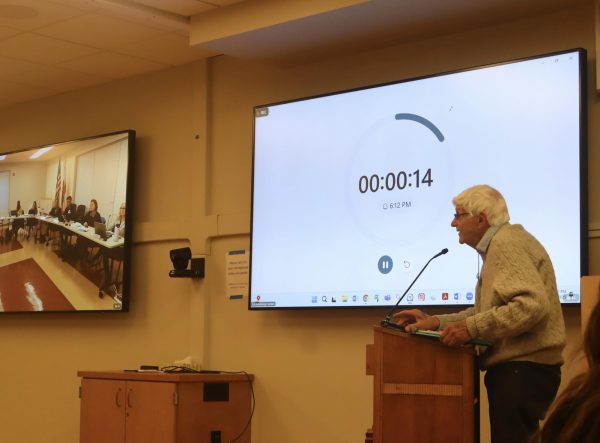The Tamalpais Unified High School District (TUHSD) formed a budget study committee to evaluate programs and recommend financial priorities to the TUHSD school board, according to an email written by District Superintendent David Yoshihara on Jan. 11.
The committee, which will be comprised of students, parents, district staff and other community members will meet at least five times before presenting its findings to the school board on March 22. Once a set of recommendations is adopted, it will be used to develop the district budget at some time in late June.
“The budget study committee is an important group basically to be tasked with determining what is important for the district,” Yoshihara said. “All of these people will come together and work together to determine what is the most important thing in the district––what is it that we value most?––so that if there is extra funding, these are the first things that are funded or well-funded, and if there’s reductions these are the last things that [receive less funding].”
This type of committee is new for the TUHSD, but Yoshihara said he developed one at his previous district, San Gabriel, in southern California. Yoshihara said that there is a possibility the committee will meet annually to assess funded programs and perform program evaluations.
“We have a lot of different programs in the district and determining whether they are effective by whatever measures effective is, is important,” Yoshihara said. “I think what the group is working with now is defining, ‘What is a program?’”

The committee will certainly assess art programs, TEAM, AIM, and other extracurriculars, according to Yoshihara. He added that representation from across the school district and the perspectives of different members of the community will be critical in forming the budget proposal that will ultimately be brought to the school board.
Part of the reason for the formation of the committee is the district’s current financial situation. Although there will be a budget surplus in the short term, the dollars-per-student will decline in the long term due to increased enrollment, according to Yoshihara.
“We are not, like many of our neighbors, driven by enrollment,” Yoshihara said. “Whether we have one student or ten thousand students, the money literally is the same because it is all driven by property [taxes].”
While the dollar-per-student decline will not eliminate the district’s reserve, it will impact the budget, especially because over 1,000 new students are expected in the district in the next five years, according to Yoshihara.
“We have a budget that has more expenditures than revenues, but we have a strong fund balance,” said Sally Swan, assistant superintendent of finance and facilities. “We’re projecting into the future and projecting those deficits to continue, so the sooner we can address the deficit situation, the better our budget will be going forward.”
This decrease in funding per student could put certain district programs at risk of being cut, according to Yoshihara.
Class sizes, course offerings, and technology will each be evaluated by the budget study committee, Yoshihara said. The area of wellness will also be a topic of discussion for the committee.
“I think we have to talk about the importance of [wellness] against everything else,” Yoshihara said. “Is this something that holds high value and high importance for all the different people at the table?”
Redwood is currently in the second phase of construction on its wellness center, which should eventually consist of therapists, nurses and sexual health information, among other services, according to Wellness Director Jennifer Kenny-Baum. Kenny-Baum added that while the center is expanding in terms of construction, continued program growth will depend on student input.
“There are so many options and ways for it to potentially grow that I think the thing that’s key in determining where it’s going to go is the students,” Kenny-Baum said. “I can’t lay out exactly what it’s going to be— it’s going to have to be in direct response to the students, to what students say they need.”
Yoshihara said that there is no easy way to establish what role schools should play in student wellness.
“I’m not certain in terms of how much responsibility the district should have in wellness because there’s a lot of overlap with the services provided in wellness and other social programs that exist,” Yoshihara said.
Yoshihara also added that the impact wellness has on students will be important in determining which, if any, aspects of wellness would receive reduced funding.
“We’d have to look at what the impact is, but I don’t think it’s been determined,” Yoshihara said. “Those are conversations that’ll probably happen if you meet with me in six months or in the fall.”
Kenny-Baum said that the impact of the Wellness Center will be “incremental,” but added that there has already been more interest this year.
“The first year or two it’s not going to be a massive thing,” said senior Ben Bialla, who serves on the Wellness Advisory Council. “I don’t want to say it won’t be hugely effective right away, but over time, as people start warming up to the idea and more people start using it, it becomes more accepted to go there. Then it really starts catching on.”
Bialla said that the Wellness Center will be a valuable resource in a “high-stress community” like Marin, but that students must visit the center to discover its value for themselves.
“Walk into it with an open mind, go there for yourself and see the resources that it gives people and give it a fair chance,” Bialla said. “It’s not a negative; it’s something that’s trying to help people, something that’s trying to reduce stress in the community, trying to provide a place for people to go―there’s all sorts of things that it provides and it’s overall trying to benefit our community.”
Twenty percent of 11th graders and 17 percent of ninth graders at Redwood said they had seriously considered committing suicide in the last year, according to the 2013-2014 CA Healthy Kids Survey, the most recent available.
Forty-eight percent of 11th graders at Redwood reported having consumed alcohol within the 30 days before they took the survey, compared with 19 percent of 11th graders at San Gabriel, Yoshihara’s previous school district.
Yoshihara believes that it is hard to control student activities that do not take place during school hours.
“School has some ownership [of student wellness] in that students do spend a large amount of their day here. But by the same token, I would still believe that for the most part, at least from our knowledge, kids aren’t drinking at school and smoking at school,” Yoshihara said. “A lot of that happens outside the school day, and so how do we take ownership of that?”
Junior Ben Gold-Matejka expressed similar sentiments, saying that organizations outside of the TUHSD are better suited to address student wellness.
“I don’t feel like it’s the school’s responsibility. I feel like school is supposed to give us an opportunity to learn and an opportunity to expand our ideas,” Gold-Matejka said. “I don’t feel like here’s the place to be dealing with such issues.”
Alternatively, Kenny-Baum believes that the Wellness Center can especially help students who might not actively seek help from outside resources.
“I think that what makes a program successful is the pure accessibility. There are agencies that are outside, and there are always going to be people who will go and access them, but there are always going to be a huge group of people who don’t,” Kenny-Baum said. “There’s a lot of students at Redwood who are really busy, who are really occupied, who are real achievers, and maybe they don’t prioritize taking care of themselves…I think they have a higher chance of [taking care of themselves] if it’s here on campus.”
Parents also have a responsibility to discuss wellness with their children, according to both Yoshihara and Gold-Matejka.
“We understand that when you’re high you’re not going to learn, but to what extent are we responsible to help remedy that, counseling services, and all that, or is that a function of the home environment?” Yoshihara said.
Gold-Matejka articulated similar ideas, saying that parents should be the first to have the dialogue with their children.
“I feel like this brings up a greater issue in the Marin community of kids trying to distance themselves from their parents,” Gold-Matejka said. “You should have a sense of dialogue with your parents so you can have conversations so you can build a bond between you and your parents so you can be more open and say, ‘This is happening, can I talk about this?’”
The future of funding for the Wellness Center and other programs remains uncertain, as no funding decisions will be made until the school board first sees the budget proposal in late March, and adopts it in late June.
The next budget study committee meeting will take place on Feb. 2.






